How to Grow Chrysanthemums |
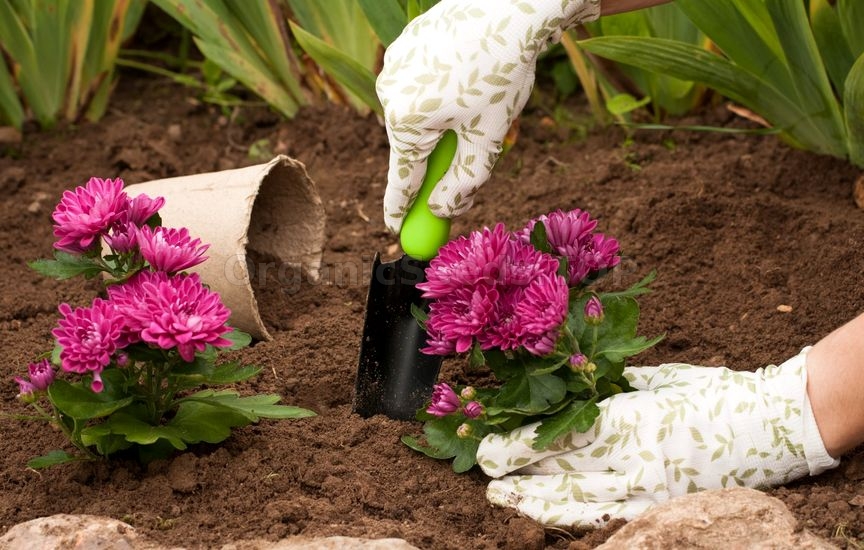 When you think of chrysanthemums, do you picture showy corsages on homecoming queens or the all-too-familiar orange and yellow varieties you see in grocery stores at this time every year? Get ready to be amazed by the choices you have for growing what is still the brightest and most reliable fall-blooming flower. 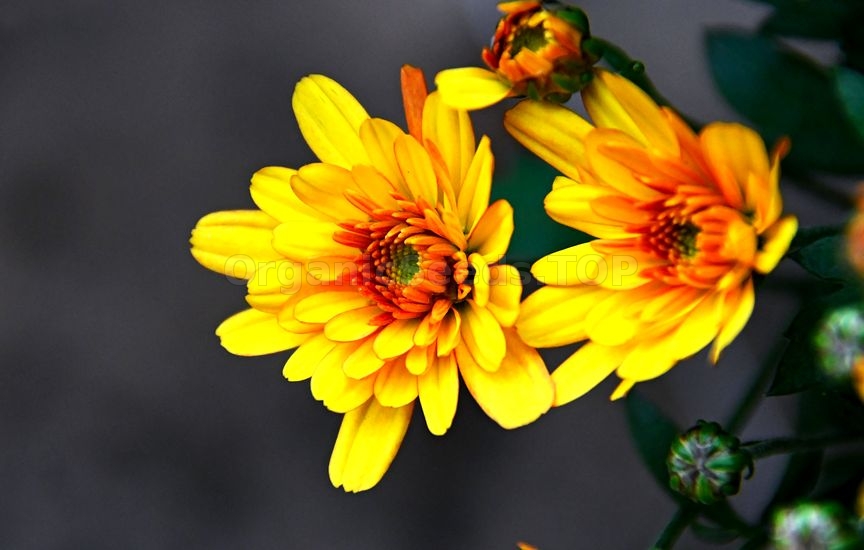 Mums' blossoms may be as extravagant as a cheerleader's pom-pom or as dainty as a powder puff. They come in a rich palette that echoes autumn's vibrant golds, garnets, and corals and includes traditional solids as well as bicolor and even tricolor flowers. Whatever your style — flashy or casual, restrained or formal — there's a mum for you. And best of all for home gardeners, mums are generally pest- and disease-resistant, making few demands beyond ample sunshine and consistent watering. Planting Mums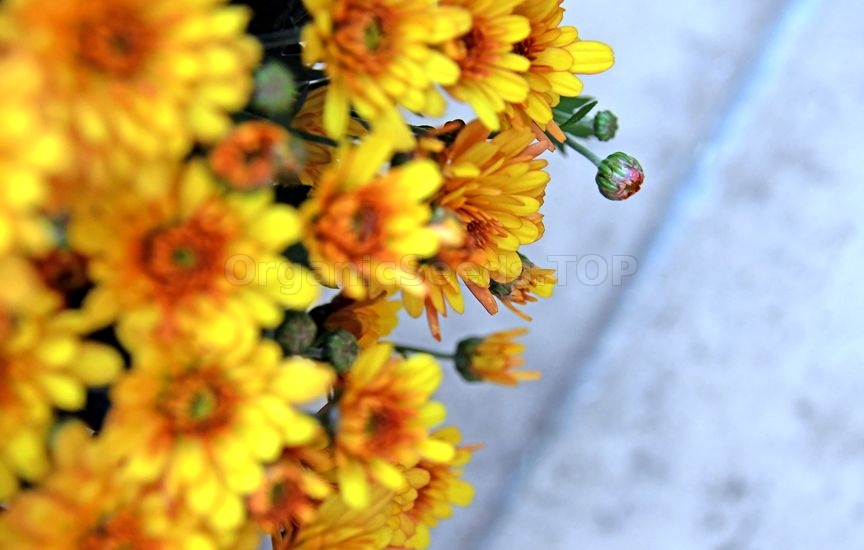 In late summer when other plants call it quits, mums hit their stride. Like poinsettias, they're photoperiodic, meaning they rely on specific amounts of light to send the signal that it's time to start putting on a show.
On average, garden mums will not start to set buds until the nights last about 10 hours long. Blooms follow in six to 10 weeks. Cool temperatures don't bother mums, either. In fact, chilly weather intensifies colors and keeps blossoms looking fresh until a hard, killing frost drops the curtain on the gardening year. If you choose early-, mid-, and late-blooming varieties, you will enjoy a full seven weeks of bloom — a brilliant last act for any landscape. 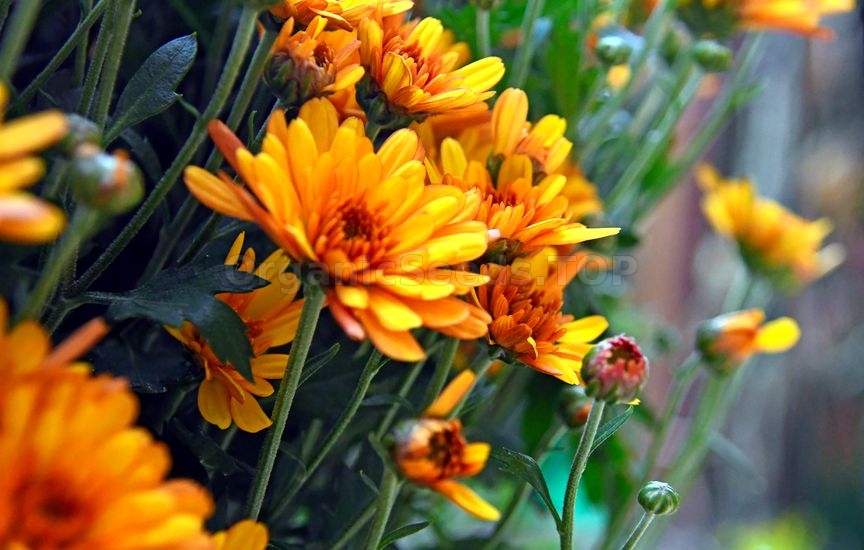 When selecting varieties, there's wide range of types to pick from: decorative, daisy, and low-growing cushion mums as well as early-blooming anemones, quills, and spiders. The new European-style Prophets Series — from Greenhouse Grower, an Ohio-based wholesale breeder and nursery — boasts more than 100 blossoms per plant. These sturdy-stemmed, ball-shaped beauties were inspired by varieties beloved in Belgium, where All Saints' Day is celebrated each November first with lavish mum displays. Growing Mums as Perennials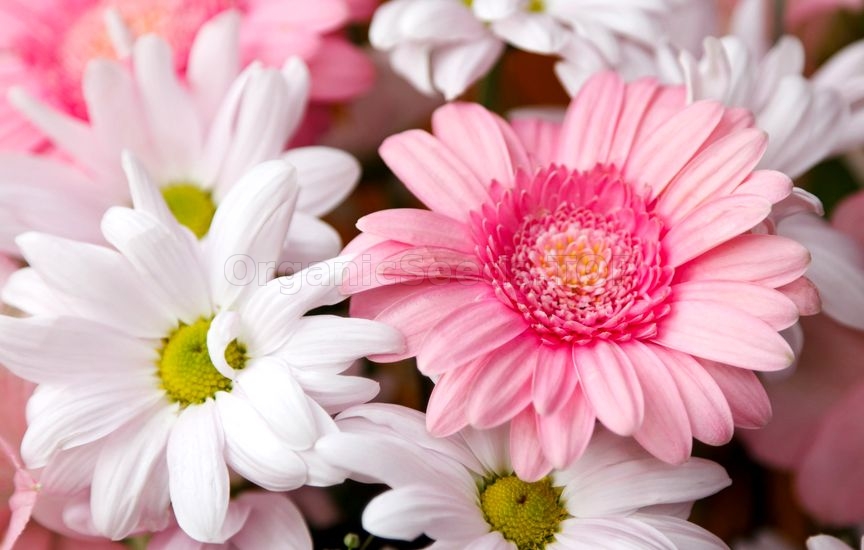 Though technically perennials, mums are often grown as annuals owing to shallow root systems inclined to heave right out of the ground during winter's freeze-thaw cycles. If you live where winter can be frigid (USDA Plant Hardiness Zones 3 through 6), go with early-blooming varieties — they're more likely to come back in subsequent years.
Those of you who live south of Zone 6 can push the envelope, opting for varieties that need more time to reach their full potential. When winter looms, apply a mulch of crisscrossed evergreen boughs to help plants make it through the cold weather ahead. 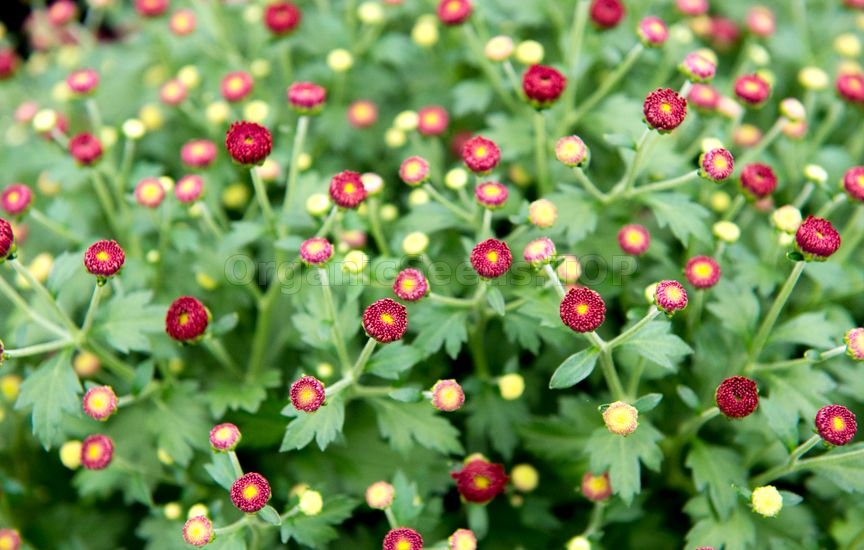 Several years ago, horticulturists at the University of Minnesota developed a new chrysanthemum hybrid described by perennial breeder Neil Anderson, Ph.D., as a "hardy shrub mum." Dubbed the My Favorite Series, the robust plants were touted as reliably perennial as far north as zone 3b. They have been hard to find the past couple of years but returned to the market this year under a new name, the Mammoth Series. 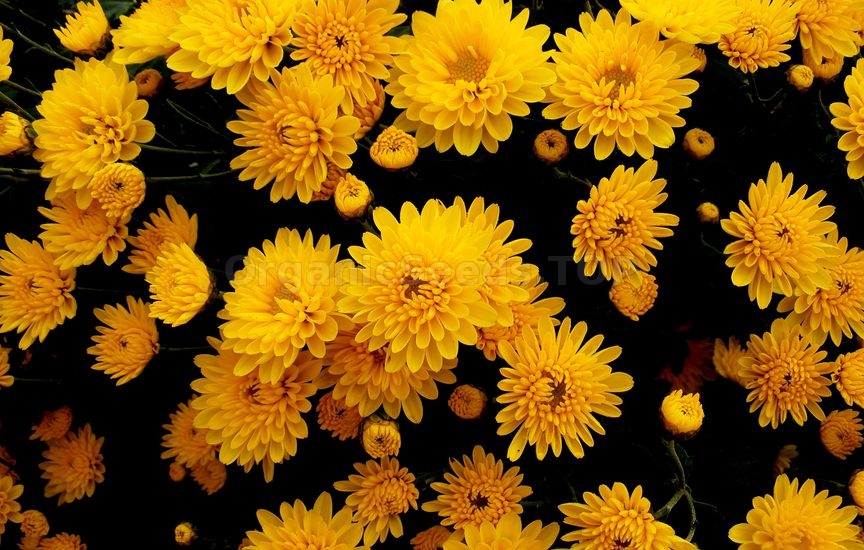 True to their new designation, these oversize mums can measure 2 to 3 feet tall and 4 to 5 feet across by their third season,with a massive canopy of flowers — up to 5,000 per plant. Monarch butterflies adore these shrubby wonders. Finally, to further increase the odds that your chrysanthemums will survive winter, consider planting them in spring as opposed to late summer, to give root systems ample time to become established. Caring for Mums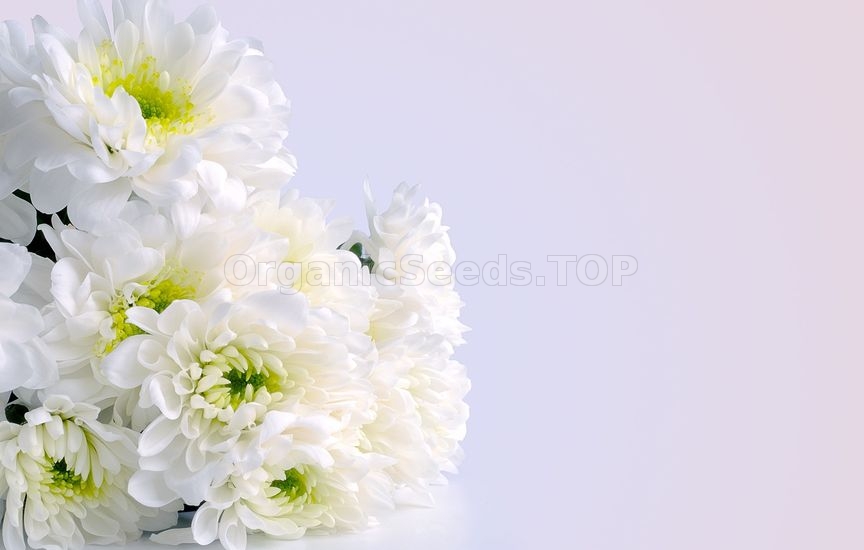
Taking Cuttings From Mums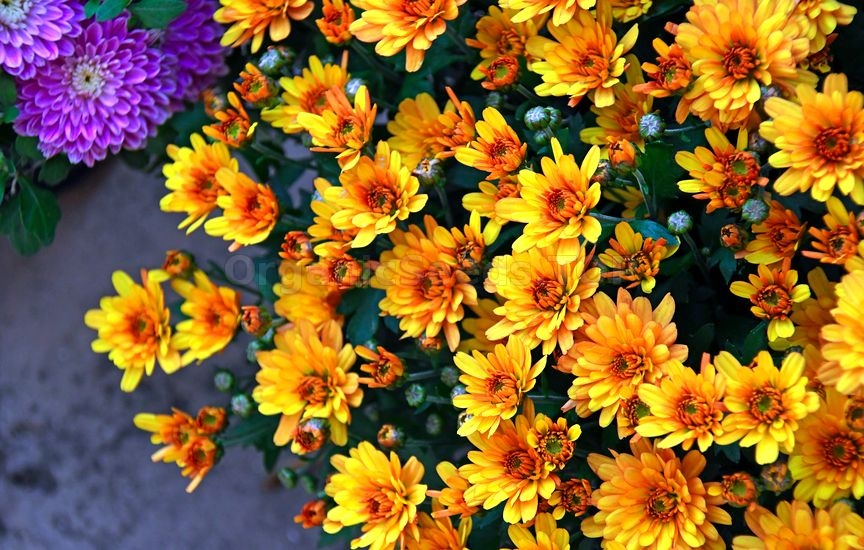 Creating new plants from your favorite mums is easy, says Galen Goss, executive director of the National Chrysanthemum Society. Simply snip off a 4-inch stem with leaves on it and put it in a pot filled with a soilless medium, such as vermiculite. Keep it moist and outdoors in a bright spot.
After a couple of weeks, repot the cutting (which has sprouted roots) to a small container filled with potting soil. Fertilize once a week. Two to three weeks later, transplant it to the garden and keep fertilizing. You'll enjoy flowers that very autumn! Planning Your Mum Garden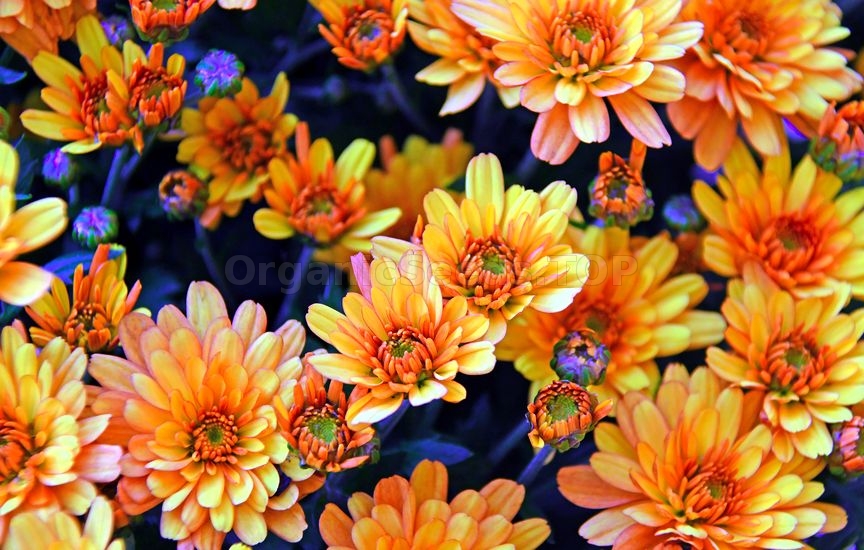
Choosing Mum Varieties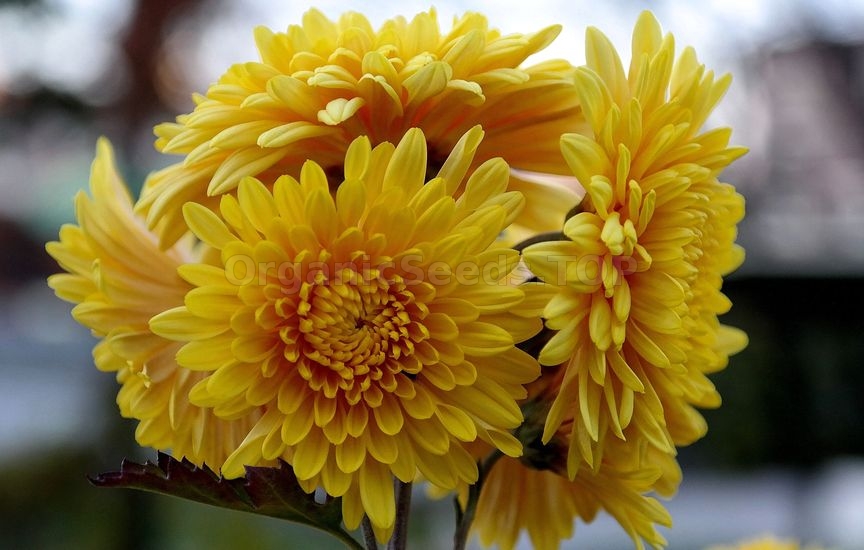
You may need:«Mix» - Organic Chrysanthemums SeedsOrganic Garland Chrysanthemum Seeds (Glebionis Coronaria) |
|
|
